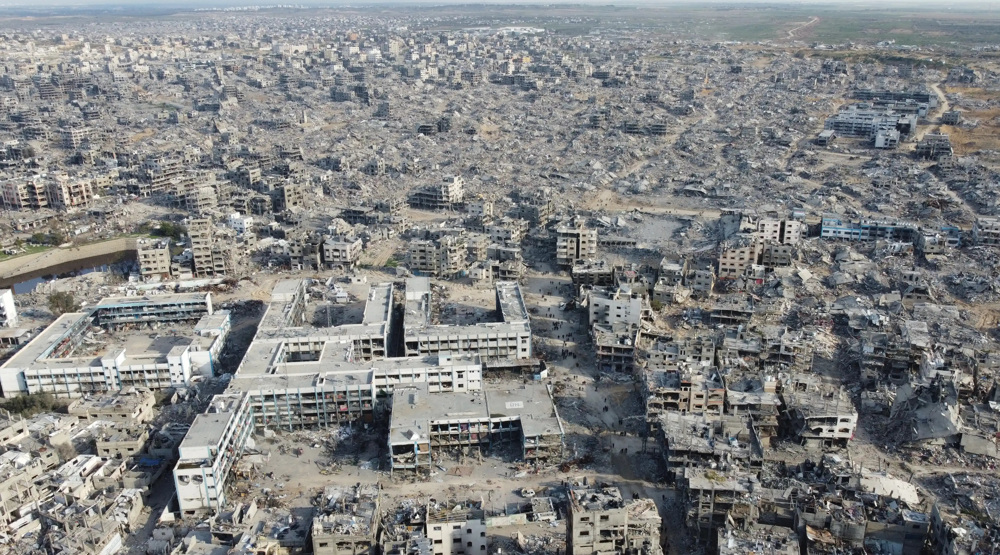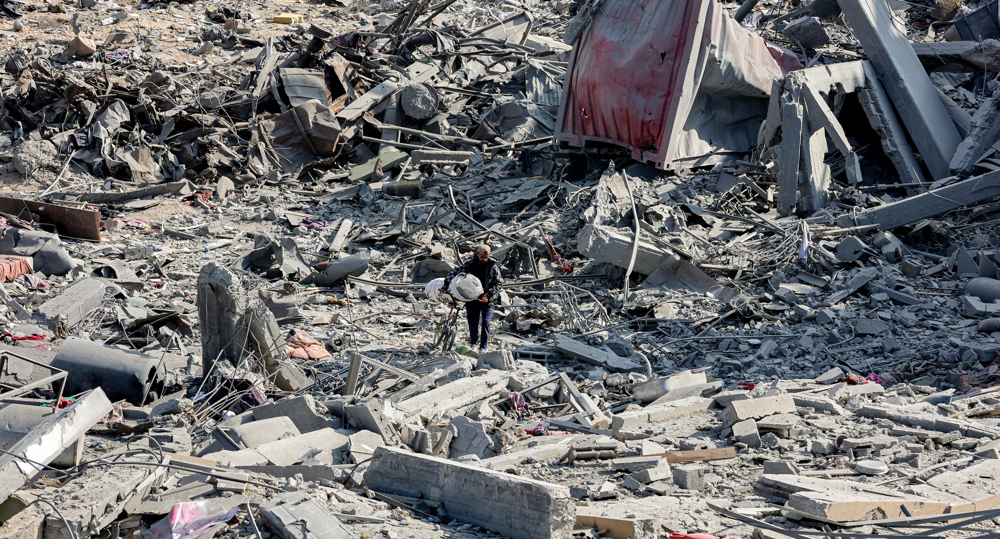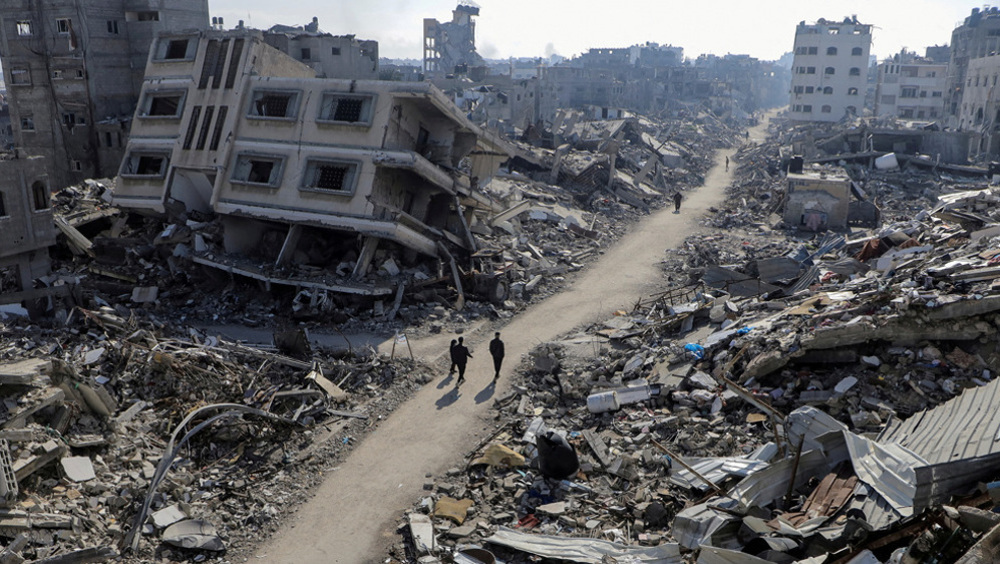'An awful lot of time': UN warns long road ahead to rebuild life in Gaza
The United Nations says the reconstruction of war-torn Gaza will demand "an awful lot of time," even as humanitarian aid begins to flow into the region following a truce agreement between Israel and Palestinian resistance movement Hamas.
Acting director of the UN agency for Palestinian refugees (UNRWA) in Gaza, Sam Rose said on Tuesday underscored the urgent need to address the broader humanitarian, social, and economic challenges facing Gaza's residents.
"We're not just talking about food, healthcare, buildings, roads, and infrastructure. We've got individuals, families, communities that need to be rebuilt," Rose told the BBC.
Following a ceasefire and a prisoner release agreement between Israel and Hamas that took effect on Sunday, the UN reported that over 1,545 aid trucks have entered Gaza.
Rose noted that the cessation of active conflict has allowed for smoother aid distribution, eliminating the need for coordination with Israeli authorities. "We've not today... faced any major problems with looting and criminality," he stated.
He cautioned against viewing the situation in Gaza solely through the lens of aid volume, noting that the scale of destruction is staggering.
According to a UN damage assessment, clearing more than 50 million tonnes of rubble left in the aftermath of Israel’s bombardment could take 21 years and cost up to $1.2bn.
A UN report from October had said rebuilding Gaza’s shattered homes could take at least until 2040 but drag on for many decades. The debris is believed to be contaminated with asbestos because some refugee camps struck during the war are known to have been built with the material.
Data from the United Nations Satellite Centre (UNOSAT) revealed that two-thirds of Gaza's pre-war structures—over 170,000 buildings—have been damaged or destroyed, representing about 69% of all structures in the territory. Currently, over 1.8 million people are in urgent need of emergency shelter.
In terms of infrastructure damage, a UN/World Bank report estimated that as of end-January 2024, the total cost of destruction across residential, commercial, and essential service sectors had reached $18.5 billion, with damage continuing to escalate since that time.
According to Palestinian sources, the conflict has devastated more than 200 government facilities, 136 educational institutions, 823 mosques, and three churches.
Israel’s brutal onslaught on Gaza, which started on October 7, 2023, has killed at least 47,035 Palestinians and wounded 111,091 others.
The toll continues to climb as families return to the ruins of their former homes following the ceasefire, searching for the bodies of loved ones left in the aftermath. The Palestinian Ministry of Health has reported that around 10,000 bodies are still unaccounted for beneath the rubble.
VIDEO | Press TV's news headlines
VIDEO | Israeli forces launch wide-scale military operation in Qabatiya, south of Jenin
Trump-backed push brings Jolani regime, Israel closer to deal: Israeli media
VIDEO | Iraqi govt. rejects any kind of normalization with Israeli regime
VIDEO | Venezuela's medicine prices soar to unaffordable level amid US blockades
Somalia officially demands Israel reverse recognition of Somaliland
Hezbollah condemns deadly terror attack on worshippers in Syria’s Homs
VIDEO | US military build-up in Caribbean













 This makes it easy to access the Press TV website
This makes it easy to access the Press TV website